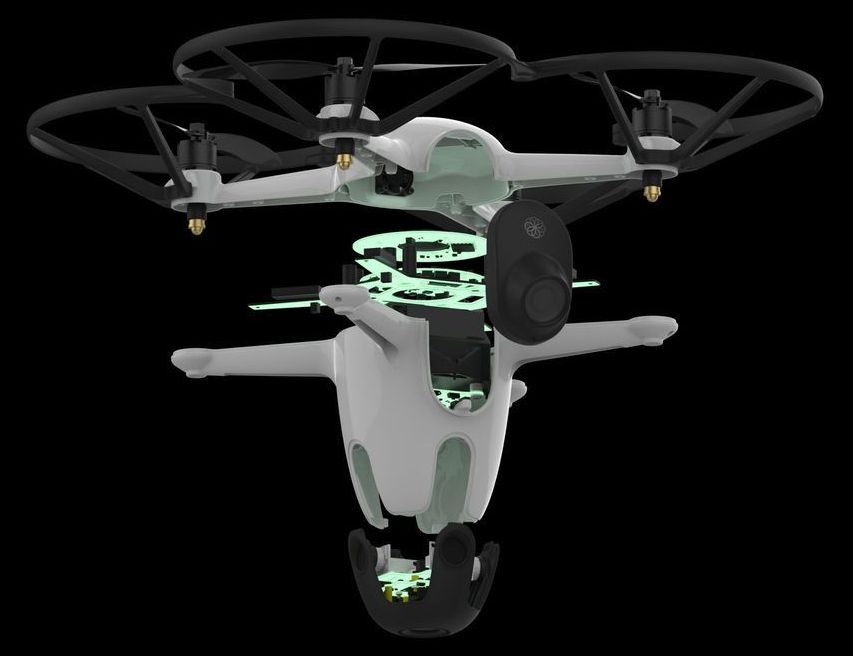Fungus Among Us
The idea is to ship dormant fungus to a Moon base and, once it arrives, give it water and the right conditions to trigger growth, according to a NASA press release. That would also require a supply of photosynthetic bacteria to provide the fungus with nutrients. Once the fungus grows into the shape of a structure, it would be heat-treated, effectively killing it and turning it into a compact brick.
“Right now, traditional habitat designs for Mars are like a turtle — carrying our homes with us on our backs — a reliable plan, but with huge energy costs,” lead researcher Lynn Rothschild said in the release. “Instead, we can harness mycelia to grow these habitats ourselves when we get there.”









